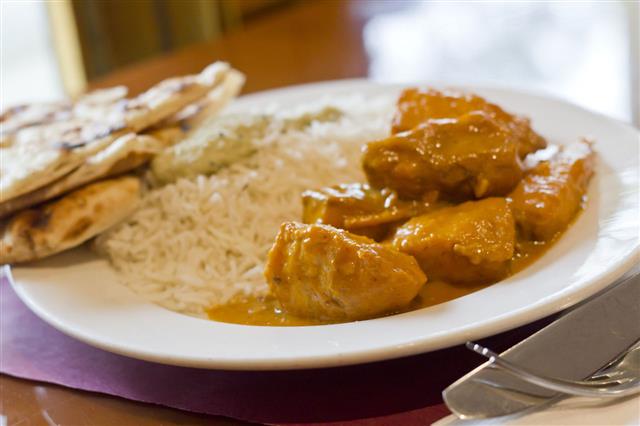
Opting to make a curry when you have many guest coming over is not only a delicious idea, but it is also easy to make and can be quite economical. But what you don’t want to serve your guests is a bland runny curry! Here are some ways on how to thicken your curry sauce when such a curry crisis strikes.
The Name Game
The word ‘curry’ is the anglicized version of the Tamil word ‘kari’ that translates to sauce.
A combination of fresh herbs and dried spices do have a way of titillating your senses. Add the goodness of some vegetables and a bit of tanginess from tomatoes, and you just can’t resist having a spoonful of it. If that wasn’t good enough, imagine some succulent meat cooked in this flavorful sauce with the spiciness of curry. The juices of the meat intertwine to create a concoction that is just divine! Did we get you craving for a bowl of rice and some curry?
Different versions of curries can be found all across Southeast Asia. In the Indian subcontinent alone, you’d find curries that range from really delicate in flavor to some that are loaded with curry leaves and coconut, while some are extremely spicy depending on the region. In Thai, Indonesian, and Malaysian curries, or even Filipino ones, you might find the liberal use of ingredients like shrimp paste, fish sauce, kaffir lime leaves, or galangal that are completely absent in Indian curries.
No matter what curry you make, the basic principle of making a curry remains the same. So if you have guests on their way and your curry seems to be as runny as ever, here are some ways that could help thicken it.
How To Make Curry Sauce Thicker
Cooking without the lid
In order to thicken the curry sauce, we suggest the simplest thing first. Just let your curry simmer for a few good minutes and let the heat do all the work for you! Cooking without the lid would result in a greater amount of water getting evaporated, resulting into a thicker curry without the addition of anything else. Thus, maintaining the texture and the flavors of the curry just right!
Lentils
Adding a tablespoon or two of red lentils would help thickening Indian curries a bit. Lentils usually swell and breakdown in the curries, and this adds some bulk to it. Another perk of adding lentils to your dish is that it is an excellent source of proteins, ideal for vegetarians.
Coconut milk or Yogurt
Adding a bit of ground coconut or coconut milk has two advantages. First, it may thicken the sauce, and second, it gives a milder taste to it with loads of coconuty aroma. So if you find your curry to be a bit too spicy to your liking, a few spoonfuls of coconut milk would give it a milder taste as well as a thicker and a smoother texture. A few spoons of yogurt to the curry while it’s simmering could help thicken it as well as give it a slight tang.
Cornstarch or Arrowroot powder
These staple thickening agents are usually added to almost everything, and curries are no exception. About one tablespoon of cornflour or arrowroot for every cup of liquid would do the trick. Using arrowroot would impart a better keeping quality to the curry once it’s frozen. You could go all Asian by adding a bit of rice flour, giving it a more authentic touch!
Mashed potatoes
Adding mashed or softened boiled potatoes to your curries could help thicken and add some bulk to them. This will also help to mellow the spices. In case you’ve added a bit too much salt to your curry, a few spoons of well-mashed potatoes will definitely rescue it! You could also peel some eggplants, roast them, and blitz them in a blender, adding this would give a creamier and smoother finish to your curry.
Ground nuts
Adding ground nuts like peanuts, almonds, or cashews could also help thicken curry sauces. Ground cashews and almonds are integral to some iconic recipes and dishes, like the butter chicken, of India. Addition of these nuts lends a thicker and creamier texture to the curries. Peanuts are usually a standard addition to a number of dishes of South-East Asian and Chinese cuisines; adding ground peanuts to your curry could give it an oriental feel.
Roux
This ingredient may be all-French, but you’d be surprised by the wonder it may work with your curry. This thickening agent will give any dish a creamier texture. Although roux is made by cooking wheat flour in butter, we’d suggest you use bacon or vegetable fat in place of it. Make the roux first, and then add it to the curry.
You could add puréed onions and tomatoes instead of chopped ones, this intrinsically lends the curries a thicker base.




















